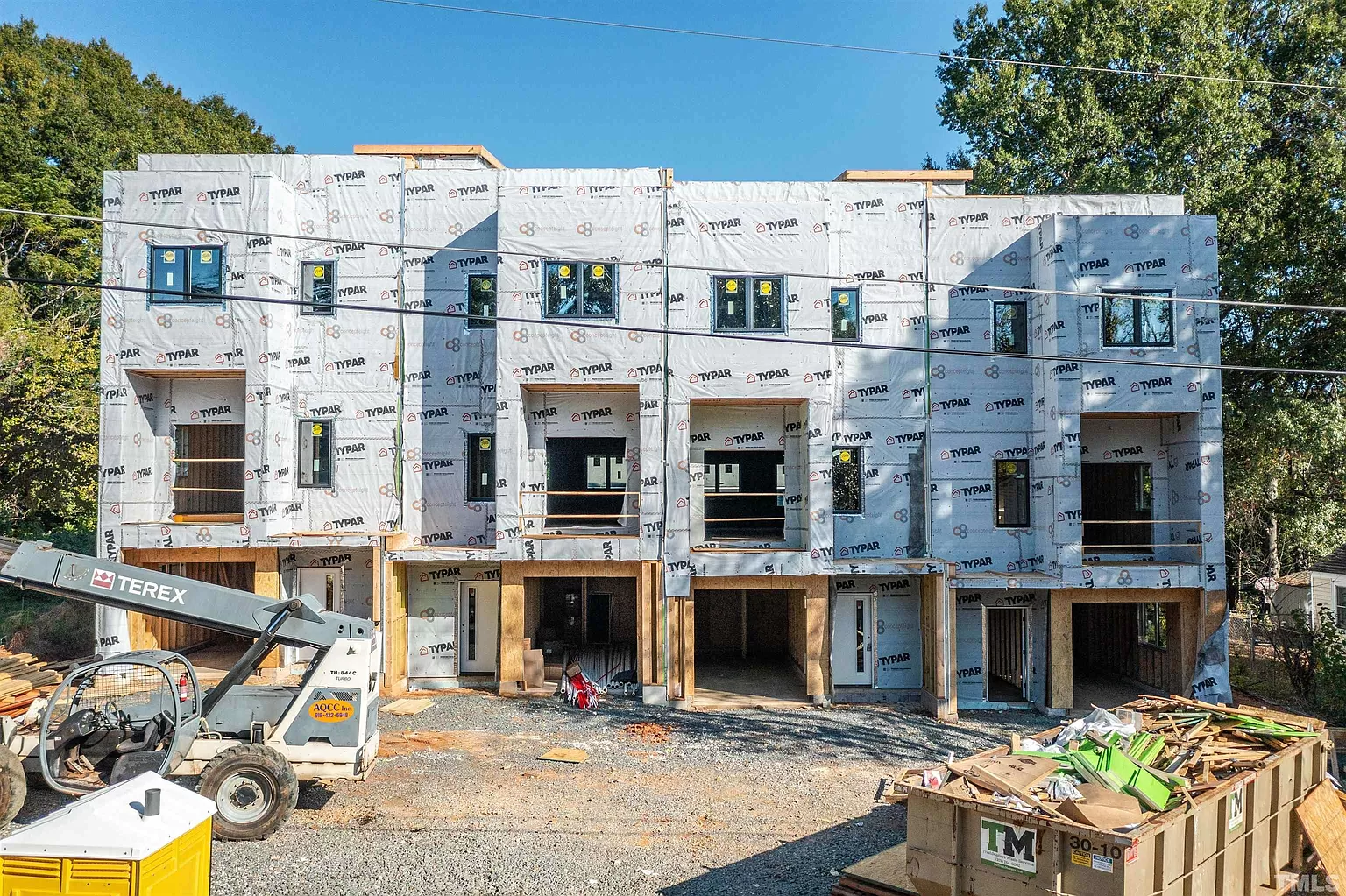When advertising an older home for sale, preparation before listing is crucial to success. Follow the 7 tips below to make a quick sale at the best price.
1. Repair and upgrade interior
A home in move-in condition has eye appeal and grabs the best price. Review similar homes in the area for insight on the amenities and prices you're competing with. This helps determine the most profitable upgrades for the homeowner to do prior to placing the home on the market.
Do a walk-through inspection of the home and provide the seller with a list of recommended repairs and upgrades to render the best price. This should include:
- Repair cracks in the walls and ceiling
- Repair leaky or scratched fixtures in the bathroom and kitchen
- Repair any code violations such as exposed wires, damaged lighting, etc.
- Repair or replace the roof
- Clean or replace flooring; tear up old carpet and polish wood flooring
- Get heating and cooling systems checked and cleaned
- Get septic system pumped
- Paint the home in neutral colors
- Remove heavy draperies or damaged window treatments
- Clean windows and let natural light show off the home
Advise the homeowner on what's trending on the market. What styles and colors are popular? Paint, replacement flooring, and new fixtures are relatively inexpensive and easy to recoup in a sale.
If the homeowner cannot afford improvements or the home is in such bad condition that upgrades are not financially logical, sell the home "as-is." This means the buyer assumes all risks and there are no guarantees on the condition of the home.
Homes sold as-is should be advertised as no warranty, no inspection, and a "cash only" sale. Contractors and flippers are interested in purchasing homes in this condition. If priced low enough, the property will get multiple offers.
2. Create curb appeal
The home needs to appeal visually to the buyer on the outside. Keep the porch clear of clutter and power wash the drive, sidewalks, and home. Trim shrubs and flower beds, make sure the lawn is mowed and trimmed.
Landscaping costs average a 100% return when the home is sold.
3. Pricing and real estate listing
The value of an older home listing is dependent on captivating wording and proper pricing. Accentuate the positive features of the home, but steer clear of "weasel words." These are descriptive words that have come to convey a negative impression.
Buyers have learned that "cozy" means small and worn out. "Vintage" means the home is old and outdated. "Generous" size rooms are usually average.
A home with "lots of potential" probably needs a complete renovation, and "updated" means some changes have been made over time.
Encourage the seller to provide a home warranty. This will give the potential buyer peace of mind that should something go wrong.
Pricing is crucial to a quick sale. If a home is priced too low, buyers will wonder why. If a home is priced too high, it'll turn buyers away.
4. Quality photographs
Quality photographs of the inside and outside of the home grab buyer attention. If only photos of the outside are shown, buyers will make negative assumptions about the interior.
Be sure to include the backyard and any features, such as a pool. Make sure the lawn is mowed, bushes trimmed, and evidence of pets and children removed.
Crop out sidewalks and streets, have vehicles removed from the driveway, sweep up leaves, and remove newspapers before photographing.
On the interior, open drapes and blinds to brighten rooms. Photograph every room, or buyers will wonder why they're missing. If a laundry room is listed but not pictured, the potential buyer will wonder why it was left out.
Remove trash cans, close toilet lids, and unclutter kitchen counters to give good eye appeal.
5. Advertise
Advertise in publications for restoration of old homes such as This Old House and Country Living. Old Houses.com promotes old house real estate and can help you find buyers for old homes. They even offer a profile page for real estate agents who specialize in selling old and historic homes.
In addition to the multi-listing service, advertise in newspapers and on every possible website. Encourage people to share with friends and family.
Hold an open house and invite other brokers to attend. Seeing the home in person and pointing out its features may encourage them to promote your listing.
6. Stage home for sale
Staging prepares the home for viewing so it has the most appeal to potential buyers.
Declutter the home to make it appear roomier. Empty cupboards, closets, and the basement. Move items out of the home and into a storage locker.
Personal items should be removed so the potential buyer can visualize themselves in the home. Rearrange the furniture to provide appealing arrangements that allow buyers to walk easily through the rooms.
7. Find buyers of old homes
Many families are attracted to residential areas designed 100 years ago. Historic homes foster community, are close to schools, and allow for walking or biking to nearby activities. Highlight neighborhood amenities such as restaurants, shopping, theaters, and gyms.
Young families may be seeking a home they can purchase now and upgrade later. Show them how easy updating a home can be with information regarding an FHA 203(k) loan.
This allows the buyer to apply for one loan that includes their home mortgage and renovation costs. Provide buyers with a cost analysis of a standard mortgage and an FHA 203(k) loan to show what their payments will be.
Final Thoughts
Listing an older home for sale is easy if you follow these steps. Many buyers enjoy the historic charm of an older home with good bones and rehab potential.




